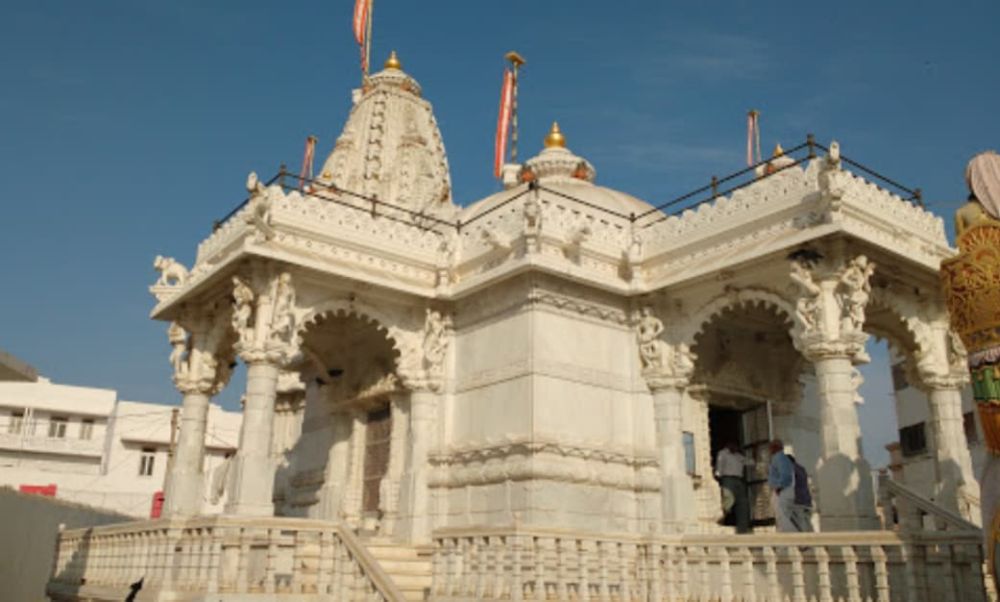

Located in the vibrant state of Gujarat, Shantinath Mandir is a revered Jain temple dedicated to the 16th Tirthankara, Shantinath. Jamnagar, known for its cultural heritage and historical significance, boasts of this temple as one of its spiritual gems. The temple stands out for its exquisite architecture and intricate carvings, beckoning pilgrims and tourists alike.
The Shantinath Mandir is steeped in history, with its origins tracing back to several centuries. Although the exact date of its construction is not clearly documented, it is widely believed that the temple was established during the rule of the great Solanki dynasty, who were known to be patrons of art and religion. Over the years, the temple has undergone numerous renovations, maintaining its grandeur and divine presence.
Tourism at Shantinath Mandir began modestly, with pilgrims visiting the temple as part of their religious journeys. In due course, the beauty and serenity of the temple attracted tourists beyond the Jain community. The integration of cultural tourism, with visitors seeking to explore the rich traditions of Gujarat, further enhanced the temple's status as a must-visit destination.
The government's focus on promoting Gujarat's heritage has played a crucial role in boosting tourism in Jamnagar. The launch of campaigns like 'Khushboo Gujarat Ki' by the Tourism Corporation of Gujarat has led to a spike in tourist interest, showcasing attractions like the Shantinath Mandir to a wider audience. These initiatives have facilitated upgrades in infrastructure, making the temple more accessible and tourist-friendly.
In recent years, there has been an increasing emphasis on sustainable and responsible tourism. Visitors to Shantinath Mandir are now more aware of the importance of preserving its sanctity and the environment surrounding it. Additionally, the rise of digital and social media has allowed potential tourists to discover the grandeur of the temple online, inspiring a new generation of visitors. Experience-focused tourism, emphasizing personal spiritual and cultural growth, has become a significant trend here.
Today, visitors to the Shantinath Mandir can engage in a variety of experiences, including guided tours that explain the temple's history, architecture, and the significance of Jainism. The temple's serene environment provides a peaceful retreat for meditation and reflection. The annual festivals and events held at Shantinath Mandir draw in crowds, eager to partake in the vibrant cultural practices and religious ceremonies unique to this historic site.
Shantinath Mandir stands as a testament to the rich religious traditions and architectural prowess of Gujarat. From being a sanctuary for pilgrims to becoming a beacon for global tourists seeking spiritual enlightenment and cultural immersion, the temple's journey mirrors the evolution of tourism in the state. Its continued popularity emphasizes the timelessness of India's sacred spaces and their influence on the fabric of tourism.